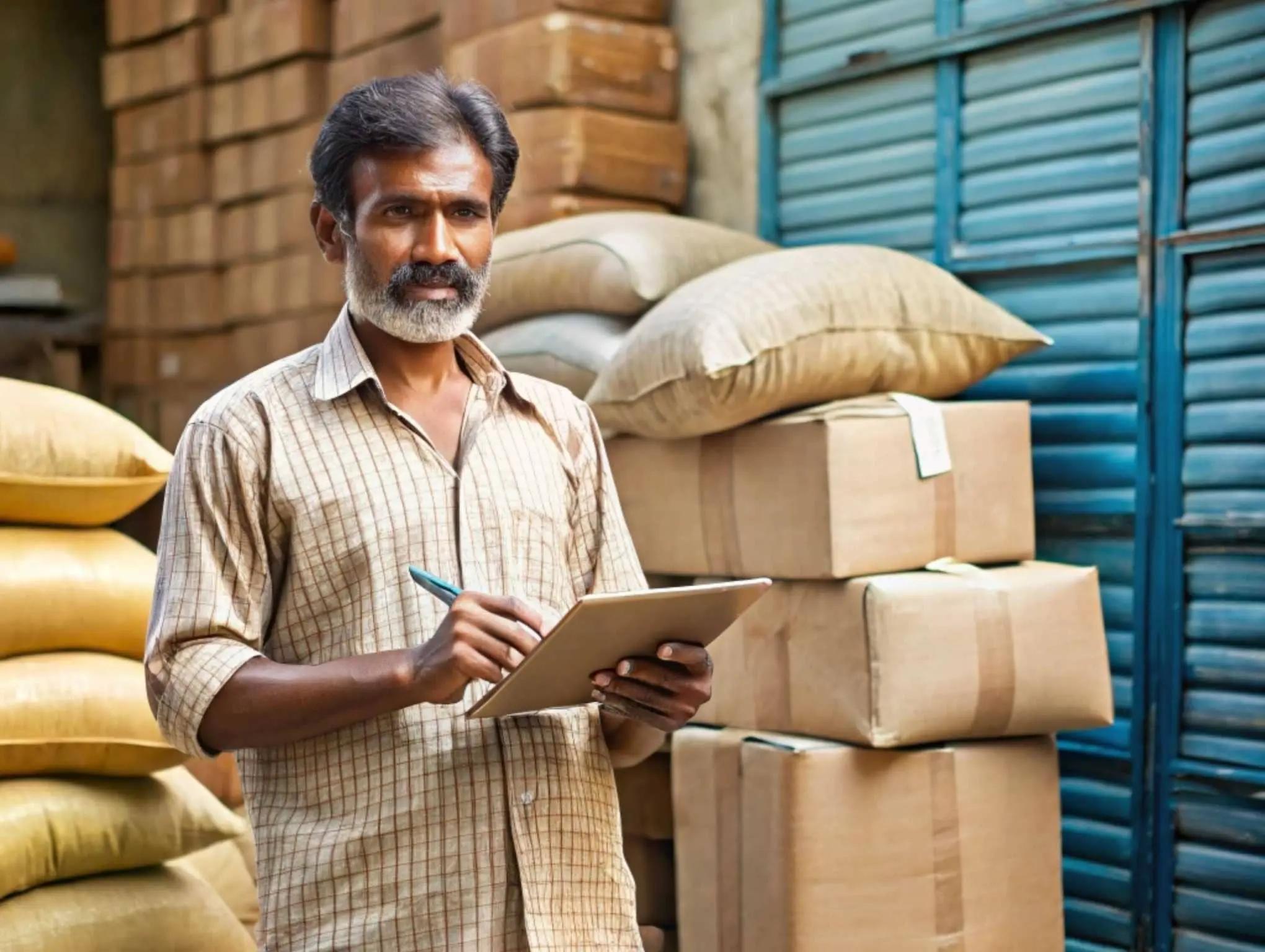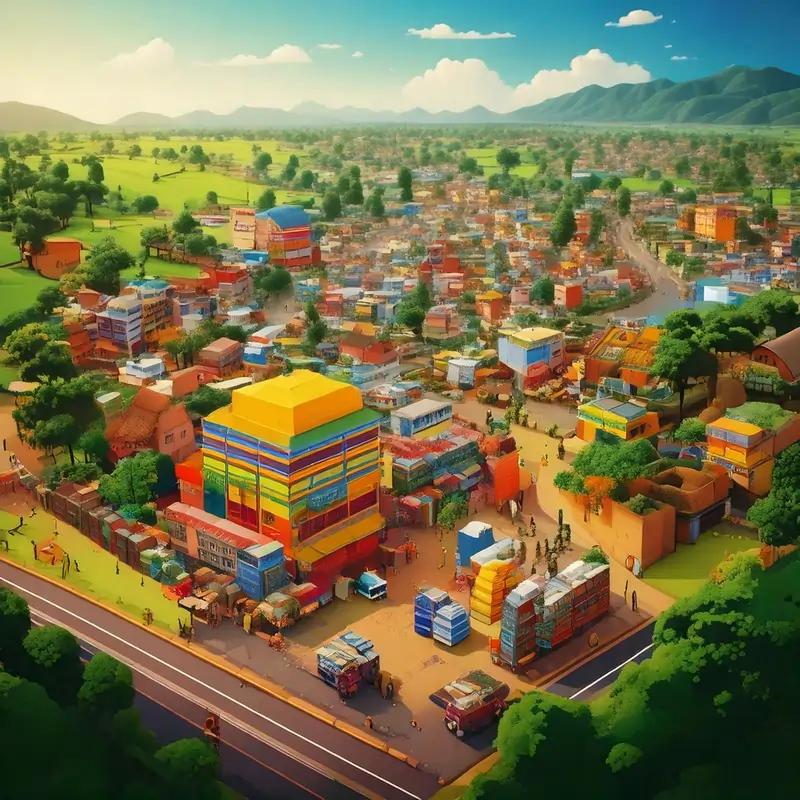Village Life is Changing Fast
Our villages are transforming rapidly. Today, 77.50% of rural Indians can read and write, as measured in 2023-24. More women are getting educated, leading to smarter buying decisions. People living in villages now recognize different brands and actively seek quality products. They care about health and want good personal care items.
The money in villages no longer comes just from farming. While 47% of villagers still work in agriculture, many families now have multiple sources of income. Money sent from relatives working in cities has grown amazingly - in some areas, this has increased by 528%. This extra money means village families can buy better products for their homes.
Digital Revolution in Villages
The young people in our villages are comfortable with online shopping. They use mobile phones to browse and buy products. While many use digital payments, cash remains important in village life. Successful companies understand this and offer both payment choices to their customers.
Making Products Work for Villages
Companies need to deeply understand village life before entering these markets. They should know about local festivals and farming seasons. Village customers prefer products that last long and work well in tough conditions. The weather and storage facilities in villages are different from cities, so products need special packaging.
Village-ready products need strong packaging that keeps dust away from personal care items. Food items should stay fresh longer without refrigeration. Companies now offer small packs and sachets so everyone can afford good products. Every product must work well even without steady electricity.
Getting Products to Every Village
India is investing heavily in making sure products reach every village. By 2028, our country will spend ₹3.8 Lakh Crores on cold storage facilities. Companies use clever ways to reach remote villages. Some send mobile vans that travel from village to village. Others work with village groups and local shops to sell their products.
Using Technology Wisely
Village internet might be slow, but people are tech-savvy. Companies make simple mobile apps that work on basic phones. They add voice commands in local languages so everyone can use them easily. Many villagers use WhatsApp to order products, and QR codes with UPI make payments simple.
Smart Marketing That Works
The power of local influence in villages is growing strong. India's village influencer market will reach ₹34 billion by 2026, according to statistics drawn from extrapolation. Companies work with respected local people to spread word about products. They show how products work through live demonstrations. Women's self-help groups help build trust in new products.
Building Trust and Responsibility
Good companies help villages grow. They use packaging that doesn't harm the environment. They create opportunities for women to start small businesses. Young people get training to earn better. Many companies work with government programs to develop villages.
Planning for Success
Success in villages takes time and patience. Companies usually need 3-5 years before they start making good profits. They must build strong networks to deliver products, create good storage facilities, and make their brand trustworthy. They also need to protect against fake products that could harm their reputation.
Conclusion
Rural India is different from cities but just as important. With village markets growing to ₹ 12-15 lakh crores by 2030, the future of selling in India lies in its villages. Companies that understand village life, invest wisely, and help villages grow will succeed. As rural India grows stronger, patient and understanding companies will grow with it.
More Articles to Explore

Distributor Loyalty Programs
Distributor loyalty programs are a secret weapon for business growth . Simply put, they're structured systems that reward your distributors for doing more business with you. The more they sell your products, the more benefits they receive.

A 2025 Perspective
In the vibrant tapestry of Indian consumerism, the digital consumer stands out as both a challenge and an opportunity for Fast-Moving Consumer Goods (FMCG) brands. Unlike the historical clout of neighborhood kirana stores, today's consumer navigates seamlessly between aisles of physical stores and the virtual shelves of e-commerce giants. This hybrid shopping behavior, as highlighted by Nielsen's insights , signifies an amalgamation of tradition with digital convenience, requiring a multifaceted marketing strategy.

FMCG Sales Channels in India
Are you wondering how to get your FMCG products to Indian consumers? This guide breaks down the three main ways to sell your products: quick commerce apps, traditional distributors, and selling directly to customers.

Choosing the Right Delivery Partner
Are you struggling to get your products to stores and increase sales? The right regional 3PL / 4PL partner can help your business grow faster. This guide shows FMCG business owners how to pick the best delivery partner to reach more customers across India.
![[object Object]](/_next/image?url=https%3A%2F%2Fcdn.sanity.io%2Fimages%2F15uaalow%2Fproduction%2F244d89a0bd1b50f010424edcd9e7ab9c0de85a2a-1024x683.webp%3Ffit%3Dmax%26auto%3Dformat&w=3840&q=75)